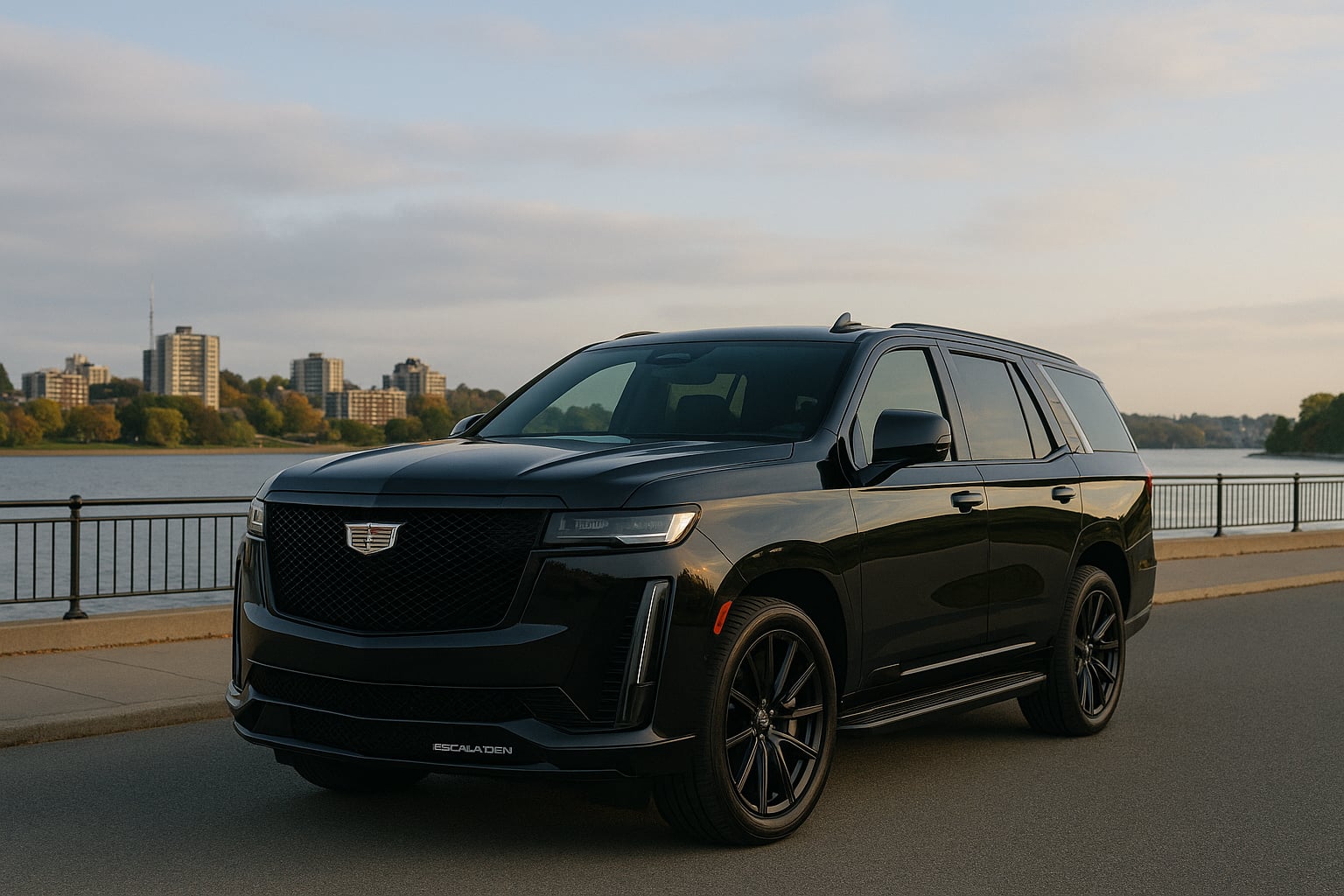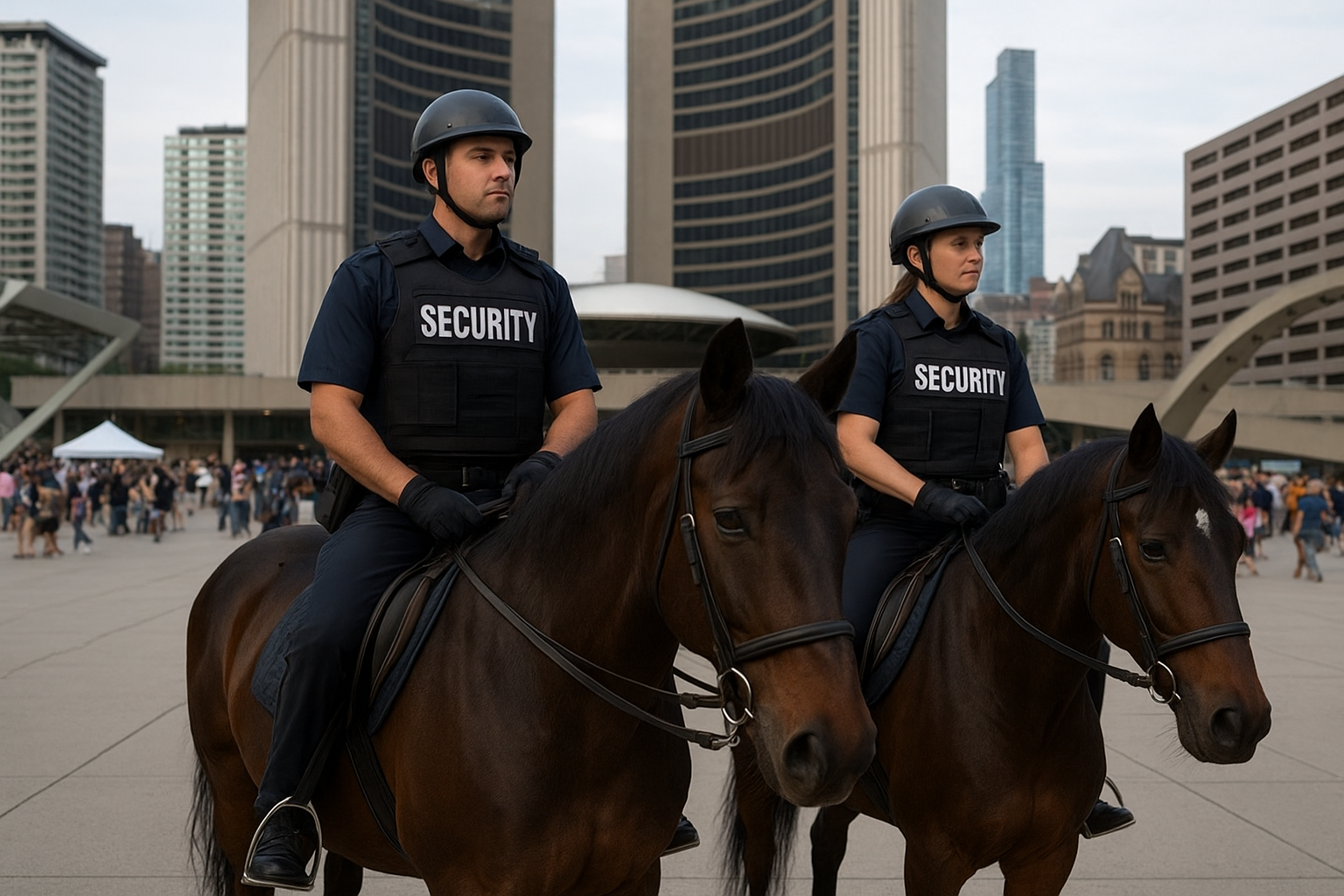Introduction
Welcome to the world of urban protection, where concrete isn’t just concrete—it’s security in disguise. Cities are becoming smarter, busier, and, unfortunately, a bit riskier. That’s where safety bollards step in—not just as passive posts, but as silent guardians of our sidewalks, plazas, and public venues.
So, are these unassuming structures really the superheroes of modern city life? Let’s dig in.
What Are Safety Bollards?
Definition and Function
Safety bollards are sturdy posts installed in high-traffic areas to prevent vehicles from entering pedestrian zones or restricted areas. Their mission? Their mission is to protect people, property, and infrastructure from accidental or intentional harm.
Types of Bollards: Fixed, Removable, Automatic
- Fixed Bollards: Permanent, tough-as-nails, and best for high-risk zones.
- Removable Bollards: Ideal for flexible access—think farmer’s markets or event zones.
- Automatic Bollards: Whether hydraulic or electric, they can be raised and lowered with a simple push of a button.
Common Materials Used
Most are made from:
- Steel (for crash resistance)
- Concrete (for heavy-duty protection)
- Polymer or Plastic (for flexible, low-impact areas)
The Growing Need for Urban Safety
Increased Vehicle-Related Threats
Unfortunately, vehicle ramming attacks and accidental intrusions into public areas have surged. Urban zones now view safety bollards as their primary defense.
Crowded Public Spaces and Pedestrian Safety
More people = more risk. Festivals, protests, parades—you name it. The denser the crowd, the greater the danger. Bollards provide peace of mind and physical separation.
Government Regulations and Urban Design
With stricter safety mandates, cities across Canada and the world are adopting safety bollards as part of updated infrastructure codes.
How Safety Bollards Enhance Urban Protection
Traffic Management
Bollards help funnel traffic and prevent illegal parking in no-go zones. The system ensures controlled access with minimal disruption.
Anti-Terrorism and Hostile Vehicle Mitigation
Strategically positioned crash-rated bollards can physically stop a truck. We use them outside embassies, banks, and airports.
Protection of Infrastructure and Landmarks
Think of bollards as the secret service for statues, museums, and outdoor seating areas. They’re discreet but highly effective.
Crime Deterrence
Less vehicle access means fewer getaway options. Thieves? We do not welcome thieves here.
Technological Advancements in Bollard Design
Smart Bollards with IoT Integration
Imagine bollards that communicate with traffic lights and city dashboards. That’s not sci-fi—that’s the present. Sensors monitor usage, detect tampering, and adjust lighting based on activity.
Solar-Powered and Eco-Friendly Models
With green energy on the rise, solar-powered bollards are both sustainable and cost-effective.
Aesthetic and Architectural Customization
Bollards don’t have to be ugly. Modern designs blend seamlessly with urban décor—artsy and effective.
Canadian National Security Solutions and Their Role
Meet the trailblazers. Canadian National Security Solutions isnot only keeping pace, but also taking the lead.
Leadership in Bollard Innovation
From crash-rated installations to smart bollard systems, they’re revolutionizing how Canadian cities protect public spaces.
Notable Installations and Projects
From Toronto to Vancouver, they’ve implemented high-security bollards in key city hubs, parks, and event venues.
Customized Security Plans for Cities
Their team provides tailored security assessments, making sure every bollard is precisely where it needs to be.
Comparing Safety Bollards with Other Urban Safety Tools
CCTV, Fencing, Security Guards
Each has its place—but bollards do what others can’t: stop a speeding car.
When and Why Bollards Are More Effective
Unlike fences, bollards don’t obstruct views. Unlike guards, they never sleep. When physical and passive security needs to be combined, bollards shine.
Are Safety Bollards a Long-Term Solution or Just a Trend?
Current Adoption in Global Cities
Cities like London, New York, and Sydney are already deploying thousands. It’s not a fad—it’s a movement.
Predictions for Urban Safety in 2030
Expect to see more smart bollards, automated traffic flow, and integrated city-wide safety systems.
Challenges and Concerns
Installation Costs
They’re not cheap. But what’s the price of safety?
Aesthetic Obstruction in Historic Areas
Creative designs are solving this—think stone-finish bollards in heritage districts.
Maintenance and Wear Over Time
Like anything else, they need upkeep. Luckily, new materials are extending their lifespan.
Future Outlook
Innovations on the Horizon
Expect AI-based monitoring, adaptive LED lighting, and solar-powered retractable systems.
Potential Policy Changes
Governments are moving toward mandatory vehicle mitigation zones in all major public spaces.
Community Involvement and Feedback
Cities are crowdsourcing design preferences to make bollards both functional and beautiful.
Conclusion
So, are safety bollards the future of urban protection? Indeed, they are the future of urban protection. They’re functional, adaptable, and evolving fast. As cities continue to grow, safety bollards will remain a core pillar of public safety infrastructure—quietly watching over us, one post at a time.
And when it comes to top-tier protection, Canadian National Security Solutions is paving the way forward.
FAQs
Q1: What is the main purpose of safety bollards?
The main purpose of safety bollards is to protect people and property by preventing vehicle access to restricted or vulnerable areas.
Q2: Are bollards crash-resistant?
Yes, crash-rated bollards are specifically designed to withstand high-impact vehicle collisions.
Q3: Do smart bollards exist?
Absolutely! Many modern bollards come with sensors, IoT connectivity, and real-time data features.
Q4: Who installs safety bollards in Canada?
Trusted companies like Canadian National Security Solutions specialize in strategic and secure installations.
Q5: How much do safety bollards typically cost?
Costs vary—basic models can start at $300, while high-security retractable units can reach several thousand dollars.



